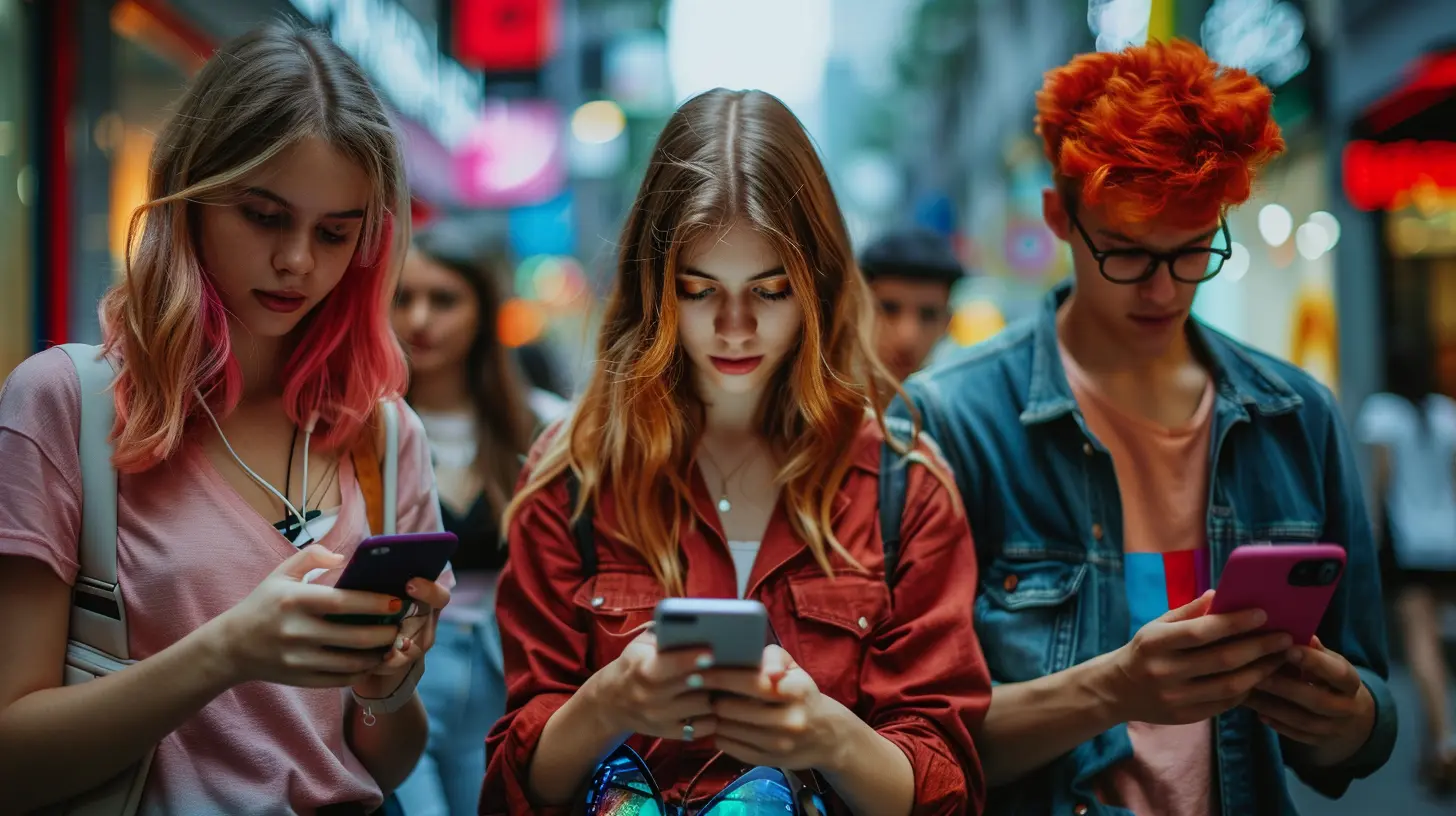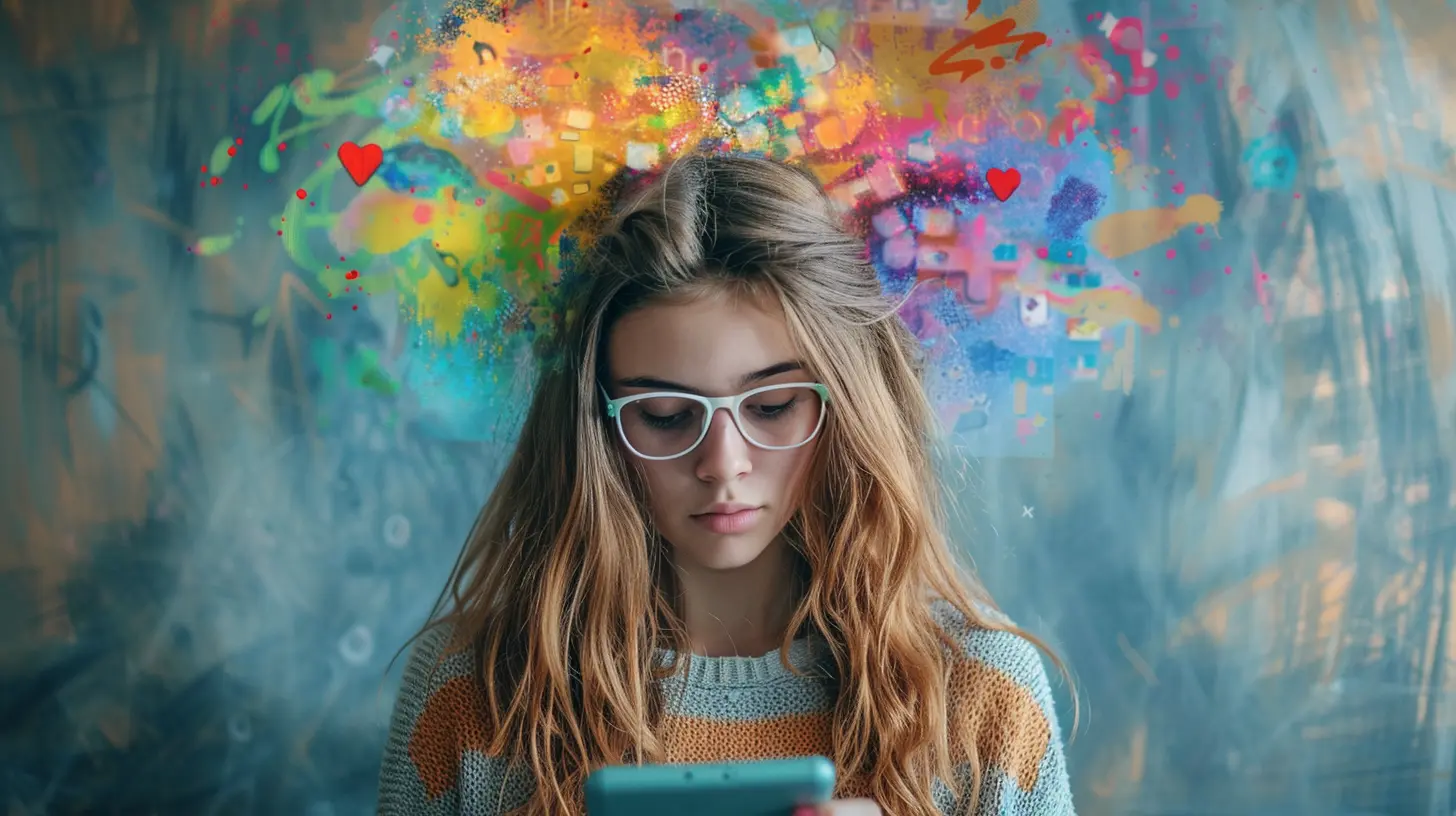How Social Media Impacts Adolescent Mental Health
29 September 2025
Social media is everywhere. From scrolling through Instagram to catching up on the latest TikTok trends, teens today are more connected than ever. But while social media offers entertainment and connection, it also has a darker side. The influence it has on adolescent mental health is a growing concern, with studies showing both positive and negative effects.
So, is social media helping or harming teenagers? Let’s dive into the ways it impacts their mental well-being. 
The Double-Edged Sword of Social Media
Social media isn't all bad, nor is it entirely good—it's a mixed bag. While it provides a space for creativity, support, and self-expression, it can also be a breeding ground for anxiety, depression, and low self-esteem.Teenagers are in a crucial phase of their lives where they’re trying to figure out who they are. Social media often builds unrealistic expectations, making them compare their lives, looks, and achievements to others. This constant comparison can seriously affect their mental health. 
The Positive Side of Social Media
Despite its drawbacks, social media has some undeniable benefits. Here are a few ways it can actually support adolescent mental health:1. A Sense of Belonging and Community
For many teens, social media is more than just entertainment—it’s a lifeline. It connects them with like-minded people, allowing them to find communities that share their interests, struggles, and goals. Whether it's a mental health support group, a fan page for their favorite artist, or an activist movement, these connections can provide a sense of belonging.2. Self-Expression and Creativity
Platforms like TikTok, Instagram, and YouTube allow teenagers to express themselves in unique ways. Whether through art, music, dance, or storytelling, social media gives them a platform to showcase their talents and boost their confidence.3. Access to Mental Health Resources
Social media has made mental health information more accessible than ever. Many professionals and influencers promote mental well-being, offering tips on managing anxiety, recognizing depression, and practicing self-care. Teens who might be hesitant to seek help in person can find valuable support online.4. Strengthening Friendships and Relationships
In today’s digital world, friendships aren’t confined to school hallways or neighborhoods. Social media enables teens to stay in touch with friends, even if they’re miles apart. Meaningful conversations, video calls, and shared experiences all help strengthen relationships.
The Dark Side of Social Media
Now, let’s talk about the flip side. While social media has its perks, it also comes with serious risks that can take a toll on an adolescent's mental health.1. The Comparison Trap and Low Self-Esteem
Scrolling through picture-perfect posts can make teens feel like they’re not good enough. Seeing influencers with flawless skin, ideal bodies, and seemingly perfect lives can make them compare themselves and feel inadequate. But here's the thing—most of what they see isn’t real. Filters, Photoshop, and carefully curated content create unrealistic beauty standards that can seriously damage self-esteem.2. Cyberbullying and Online Harassment
Bullying isn’t just happening in school hallways anymore—it’s happening online, too. Cyberbullying can be relentless, with hurtful comments, rumors, and even threats spreading within seconds. Unlike traditional bullying, there's no escape because social media follows teens everywhere. The emotional toll? Increased anxiety, depression, and even suicidal thoughts.3. Fear of Missing Out (FOMO)
Ever heard of FOMO? It’s the fear of missing out, and social media makes it worse. Seeing friends post about parties, vacations, and events they weren’t invited to can leave teens feeling isolated and left out. This ongoing fear can lead to stress, loneliness, and a constant need to check their phones, afraid they'll miss something important.4. Sleep Deprivation
Let’s be honest—how many teens scroll through their phones before bed? A lot. The blue light from screens messes with melatonin production, making it harder to fall asleep. Plus, late-night notifications and endless scrolling keep their minds engaged when they should be winding down. Lack of sleep leads to irritability, poor concentration, and even depression.5. Social Media Addiction
Social media is designed to be addictive. The endless scroll, likes, and notifications trigger dopamine release, making it hard to put the phone down. For some teens, what starts as harmless scrolling turns into an obsession, interfering with school, relationships, and overall well-being.
How Parents and Teens Can Create a Healthy Balance
Social media isn’t going away anytime soon, so instead of banning it, the key is balance. Here’s how parents and teens can work together to use social media in a healthier way:1. Set Screen Time Limits
Spending hours on social media can take away from real-life experiences. Setting screen time limits helps prevent overuse and encourages time for hobbies, exercise, and face-to-face interactions.2. Encourage Open Conversations
Teens should feel comfortable talking about their online experiences. Parents should create a judgment-free space where they can discuss social media pressures, cyberbullying, and how certain content makes them feel.3. Follow Positive and Uplifting Content
The accounts teens follow shape their online experience. Encouraging them to follow pages that promote self-love, motivation, and mental health awareness can create a healthier social media feed.4. Take Social Media Breaks
A digital detox every now and then can do wonders. Whether it’s for a few hours, a weekend, or even longer, taking breaks helps reset the mind and reduce reliance on validation from likes and comments.5. Promote In-Person Interactions
Nothing beats face-to-face connections. Encouraging outdoor activities, family time, and real-world interactions can help teens disconnect from the virtual world and enjoy meaningful relationships.Final Thoughts
Social media is a powerful tool—it can either lift teens up or bring them down. While it provides opportunities for self-expression, connection, and learning, it also opens the door to comparison, cyberbullying, and addiction. The key is mindful usage.Teens, parents, and educators need to work together to ensure social media remains a positive part of adolescent life, not a harmful one. By setting boundaries, fostering open conversations, and focusing on real-world connections, we can help teens navigate the digital world without sacrificing their mental well-being.
At the end of the day, social media should be a tool that enhances life, not a source of stress. So, the next time you pick up your phone to scroll through your feed—ask yourself, is this helping or hurting my mental health?
all images in this post were generated using AI tools
Category:
Mental Health In AdolescenceAuthor:

Nina Reilly
Discussion
rate this article
1 comments
Hazel Banks
Scroll, tap, stress - repeat!
October 1, 2025 at 3:34 PM

Nina Reilly
Absolutely! The cycle of constant engagement can take a toll on mental health. It's crucial to find balance.


